It only takes a short bike ride around Amsterdam to understand the joys of the mode and the potential that it holds in advancing sustainable mobility, livable streets, and public health. It’s no wonder that people with diverse interests and professional backgrounds want to get involved in promoting the safety and accessibility of bicycling in their communities.
But what exactly is a “career in cycling,” and what does it take to get started? I sat down with Dr. Meredith Glaser, CEO of the Urban Cycling Institute, to learn more about her career journey and her advice for professionals with an interest in active mobility. In this interview, Meredith shares the lightbulb moments that first captured her interest in the field, the ways that diverse multidisciplinary voices strengthen the movement, and the importance of believing that following your passion can make a meaningful difference.
When did you first know you wanted to pursue a career in cycling, and how did you get involved in the field?
It’s funny, I don't see myself as someone whose career is in cycling, but rather in understanding how cities work, how change happens, and how to influence policy and decisions. Cycling just happens to be a fascinating case to unpack all of these dimensions. When I was in graduate school at UC Berkeley, I entered as a public health student. I was really interested in knowing how people could become healthier. In my first course, I learned that the built environment determines our health. This was a huge light bulb moment for me. If the built environment influences our health, and I want to influence how people become healthier, I need to go way upstream and learn more about what elements of the built environment influence our health and how I can be a part of that change process. It just so happens that Berkeley also has a Master of City Planning program. So I immediately signed up for that, thinking “that's what I want to do!” I want to learn how the urban environment influences our health and how these two disciplines interact.
The second light bulb moment happened during the last semester at UC Berkeley. I signed up for an elective “Bicycle and Pedestrian Transportation Planning” with a fantastic professor, Bob Schneider and his colleague, Rebecca Sanders (PhD students at the time). Cycling and active mobility–this is the perfect intersection between public health and urban planning. That's when I decided that this was something I needed to follow.
Are there any misconceptions about a career in the cycling field that you would like to clear up?
Many people I've talked to who are in this space–politicians, elected or appointed officials, engineers, policy advisors, academics–so many of their stories about how they got into cycling are extraordinarily diverse. I think that’s what makes cycling so fascinating–that there actually is no “profession of cycling”. Besides Urban Cycling Institute courses, there are very few courses on cycling. There are no degrees in “cycling”. That's part of the enjoyment, and also the lure, that it can be so multidisciplinary. If we are to talk about this huge thing called the transition to sustainable mobility, it really does require all types of knowledge and all types of disciplines. If we’re to think about what is needed for a transition, we need people with backgrounds in communication and linguistics, psychology, law, business, economics. This is crucial to understanding human nature and decision making and how new ideas become accepted and nurtured. That's the beauty of it, and also a misconception: to be a “cycling professional” is actually not to be a cycling professional, but a professional in something else.
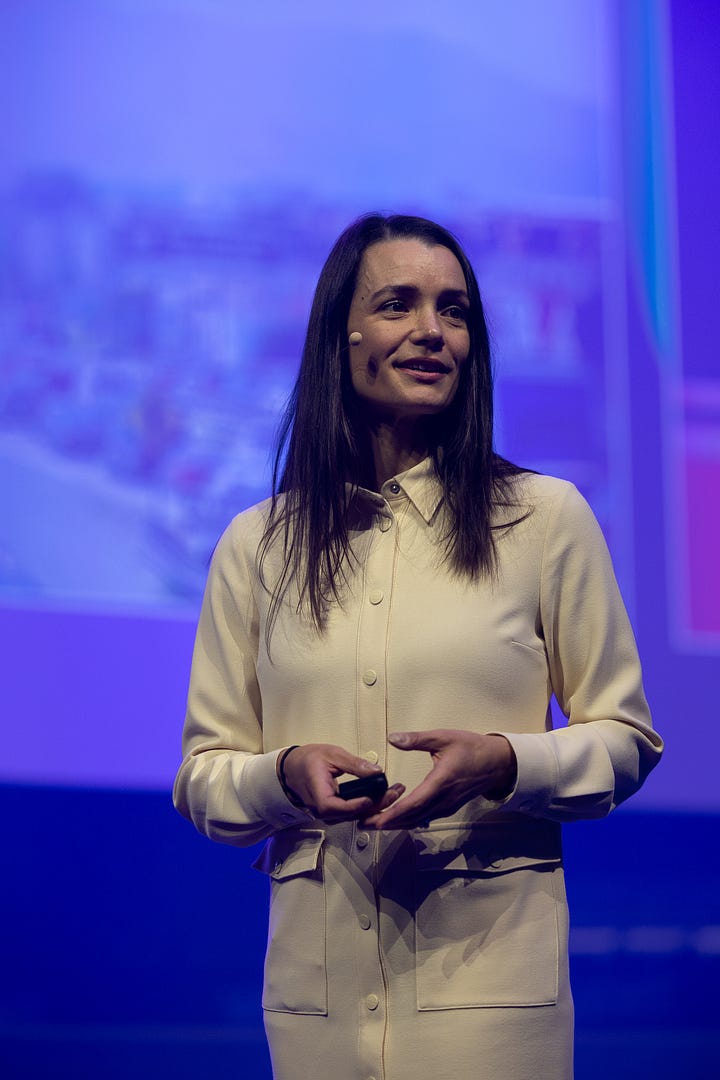
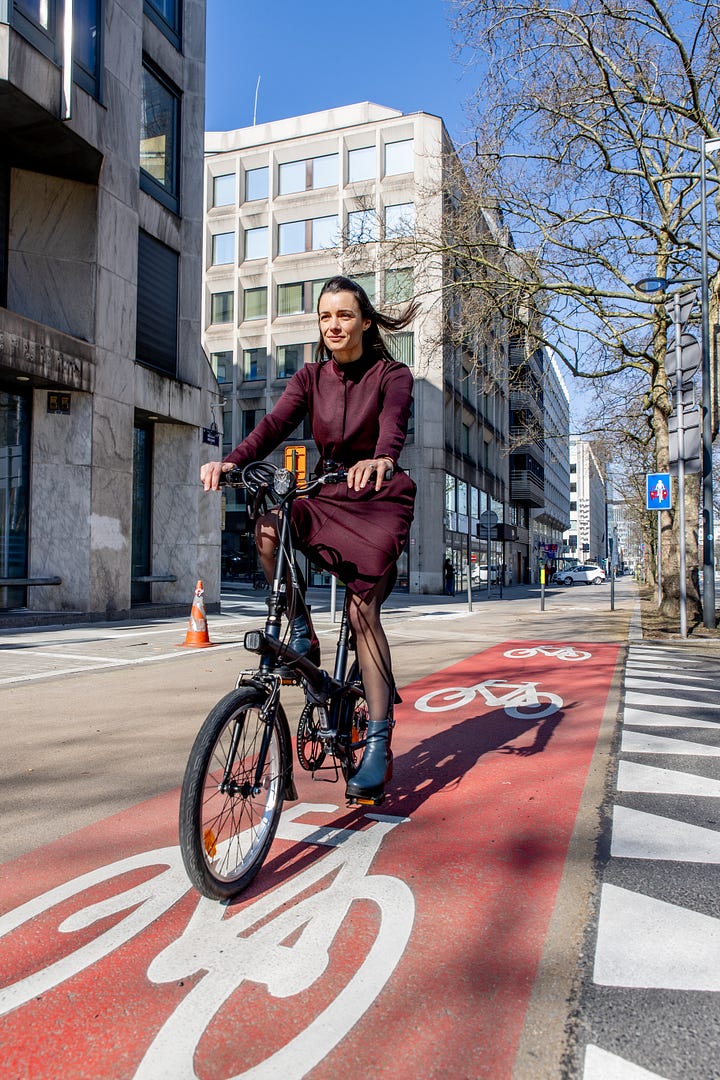
What has your experience been like as a woman in the field? Have you experienced any barriers, and how have you overcome them?
It’s a tough question, because it depends so much on the individual. I'm privileged in so many ways, there are so many people with identities that are more historically marginalized in academia and transportation. I can't compare myself to what somebody else's experiences would be, but I do know that needs to change.
Instead of barriers, maybe the question could be “what am I doing to support women in transportation and in urban planning?” I try to do as much as I can, from starting the [Urban Cycling Institute] scholarship program, to encouraging women and racial/ethnic minorities in the field to participate in conferences and be speakers, to–as an academic–taking that extra effort to cite female scholars and to read their work and to talk about their work in my classroom and keynotes. I also co-founded Women in Cycling Benelux, with some other fantastic female leaders in the bicycling space and industry to give a voice to women. I would love to learn other strategies for how to raise up the voices of those who aren't heard enough.
Do you have any advice for women interested in a career in the cycling field?
So many women I've talked to said, “I don't think it's good enough,” or, “I didn't apply for that because I don't think it's innovative enough.” My advice would be, just go for it! Your work is good enough. You are good enough. Believe that your work is valuable to society, and your personal mission matters. Whether that's cycling–it doesn't have to be. In fact, it might be even stronger if it's not cycling, but rather children's health, or street changes, or greenery. Find that thing that gives you energy, that you want to wake up and say, “I'm excited to do that today”.
If you asked me 15 years ago, “are you going to be living in Amsterdam, running a non-profit and being the Professor of Cycling in Belgium, as an American”? I would have never said that. It’s a journey that should be enjoyable and get you excited. My work is so intertwined with my life and my passions that it doesn't feel like a job and that's a huge privilege.
Main Takeaways: Lessons from Dr. Meredith Glaser
Dr. Glaser underscores that the sustainable mobility movement benefits from diverse expertise, inclusive leadership, and values-driven work, with cycling as a mechanism for broader societal change.
Apply your diverse expertise: A misconception is that a “career in cycling” must look a particular way, with a narrowly-defined skillset. Instead, cycling as a mode intersects with many domains, and professionals from numerous backgrounds can meaningfully contribute to advancing active mobility.
Believe in your work: Self-doubt and imposter syndrome is common, especially among women. Dr. Glaser’s message is clear: “Just go for it.” Believe in the value of your work, and in your ability to uniquely contribute.
Follow your passion: Dr. Glaser's journey highlights that careers evolve organically. Authenticity, curiosity, and interdisciplinary collaboration are more important than fitting into predefined roles or labels. Let your passion guide you.
Invite others in: Ask yourself, “what can I do to support others who may be underrepresented?” The field benefits from diverse perspectives, and uplifting others benefits the movement as a whole.
This interview has been edited for length and clarity. For the full interview, listen to the recording:
Written by , Research Intern at Urban Cycling Institute.
Interested in writing or sponsoring an article? Send us a pitch at media@urbancyclinginstitute.org
Learn more:










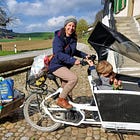

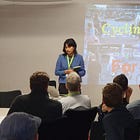




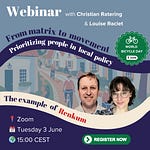




Share this post